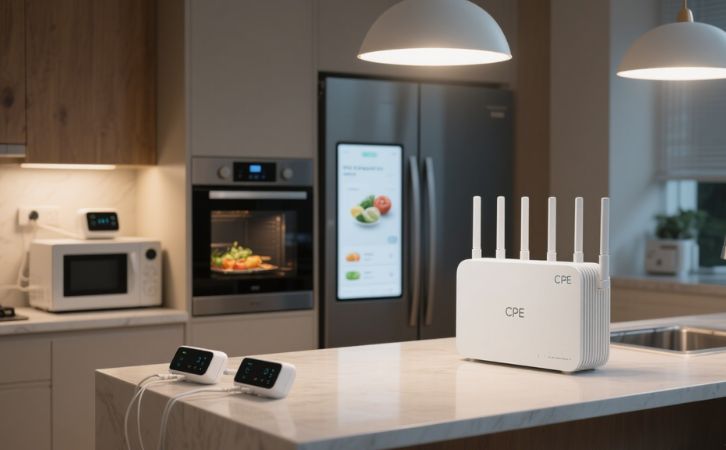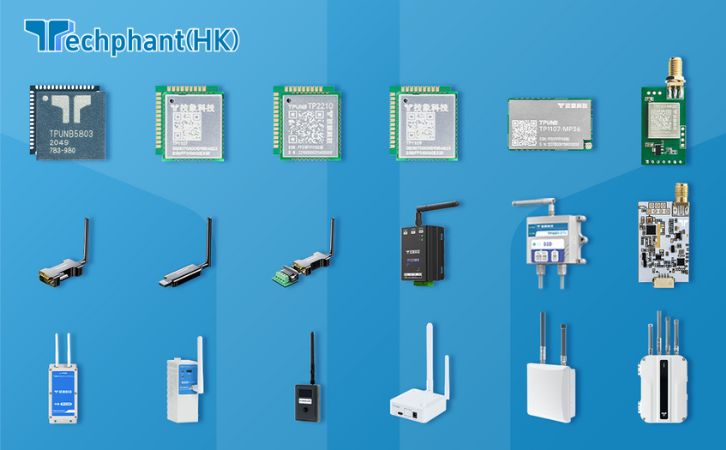A Smart Lighting System is an advanced lighting setup that allows you to control your lights remotely, automate their operation, and customize their behavior for convenience, energy efficiency, and ambiance. Unlike traditional lighting, smart lights connect to a network (Wi-Fi, Bluetooth, Zigbee, or Z-Wave) and can be managed via smartphone apps, voice assistants, or automation rules.
1. High Initial and Ongoing Costs
Significant Upfront Investment: Smart lighting systems (including bulbs, fixtures, controllers, hubs, sensors) are substantially more expensive than traditional lighting solutions. Installation costs, especially if professional help is required due to complexity, add significantly to the initial expenditure.
Ongoing Expenses: Potential costs include subscription fees for advanced features, professional maintenance, and the need to upgrade components (like hubs or bulbs) as technology evolves or to maintain compatibility.
2. Technical Complexity and Reliability Issues
Connectivity Dependence & Instability: Smart lighting relies heavily on stable Wi-Fi, Bluetooth, Zigbee, or Z-Wave connections. Weak signals, router issues, network congestion, or internet outages can render lights unresponsive or uncontrollable.
Complex Troubleshooting: Diagnosing and fixing issues (e.g., lights dropping offline, unresponsive apps, malfunctioning sensors) often involves multiple steps like rebooting devices, resetting routers, re-pairing bulbs, checking firmware, or even factory resets. This requires technical comfort and patience.
System Malfunctions: Like any complex technology, smart lighting systems can experience bugs, firmware glitches, or component failures, leading to unpredictable behavior like flickering, failure to respond to commands, or inadequate lighting.
3. Compatibility and Integration Challenges
Protocol Fragmentation: Different manufacturers use different communication protocols (Wi-Fi, Bluetooth, Zigbee, Z-Wave, proprietary). Ensuring all components (lights, switches, hubs, sensors) and potential integrations with other smart home systems (like voice assistants or security platforms) work together seamlessly is a major challenge.
Infrastructure Integration: Retrofitting smart lighting into older buildings or integrating it with existing non-smart electrical systems can be difficult and costly. Compatibility issues may necessitate additional upgrades or workarounds.
4. Privacy and Security Vulnerabilities
Data Collection Risks: Smart lighting systems can collect data on usage patterns, occupancy, schedules, and potentially even audio/video preferences (if integrated with multimedia systems). This data, if inadequately protected, is vulnerable to hacking or unauthorized access.
Hacking and Unauthorized Access: Vulnerabilities in firmware, weak passwords, or insecure network connections can allow attackers to gain control of lighting systems. This could enable spying (via integrated sensors/cameras), disruption of service, creation of covert data channels, or serve as an entry point to compromise the wider home network.
Security Maintenance Burden: Mitigating these risks requires constant vigilance: using strong unique passwords, enabling multi-factor authentication (if available), ensuring secure network configurations, and diligently applying firmware and software updates.
5. Maintenance and Upgrade Requirements
Regular Firmware/Software Updates: Maintaining security, fixing bugs, and sometimes accessing new features requires users to regularly update the lighting system’s firmware and associated apps. Failure to do so can leave systems vulnerable or malfunctioning.
Physical Maintenance: While LEDs are long-lasting, components like sensors, controllers, hubs, and power supplies can fail and need replacement. Dust and environmental factors can also affect performance, requiring cleaning.
Obsolescence Risk: Rapid technological advancement can render specific components or protocols obsolete relatively quickly, potentially forcing upgrades or replacements sooner than expected to maintain compatibility or security.
6. Complexity of Installation and Setup
DIY Difficulty: While some products are plug-and-play, setting up a whole-home system involving multiple components (hub, switches, sensors, various fixtures), network configuration, and app setup can be complex and daunting for non-technical users.
Need for Professional Installation: The complexity often necessitates hiring electricians or smart home specialists, significantly increasing the initial cost.
7. Dependency and Potential for Inadequate Lighting
Technology Reliance: The system’s functionality is entirely dependent on its electronic components and network. If any part fails (power supply, controller, network), the lighting may become unusable or revert to a default state, potentially leaving users without adequate light.
Malfunction Impact: Technical glitches or incorrect settings could result in lights not turning on when needed, failing to adjust automatically, or providing insufficient illumination, undermining the core purpose of the system.
Summary
While smart lighting offers significant benefits like energy efficiency, convenience, and customization, these advantages come with substantial drawbacks. The high cost (initial and ongoing), technical complexity (installation, troubleshooting, connectivity dependence), compatibility challenges, privacy/security risks, maintenance burdens, and potential for reliability issues represent significant disadvantages that users must carefully consider before adoption. Mitigating many of these issues requires ongoing effort, technical awareness, and potentially additional expenditure.



